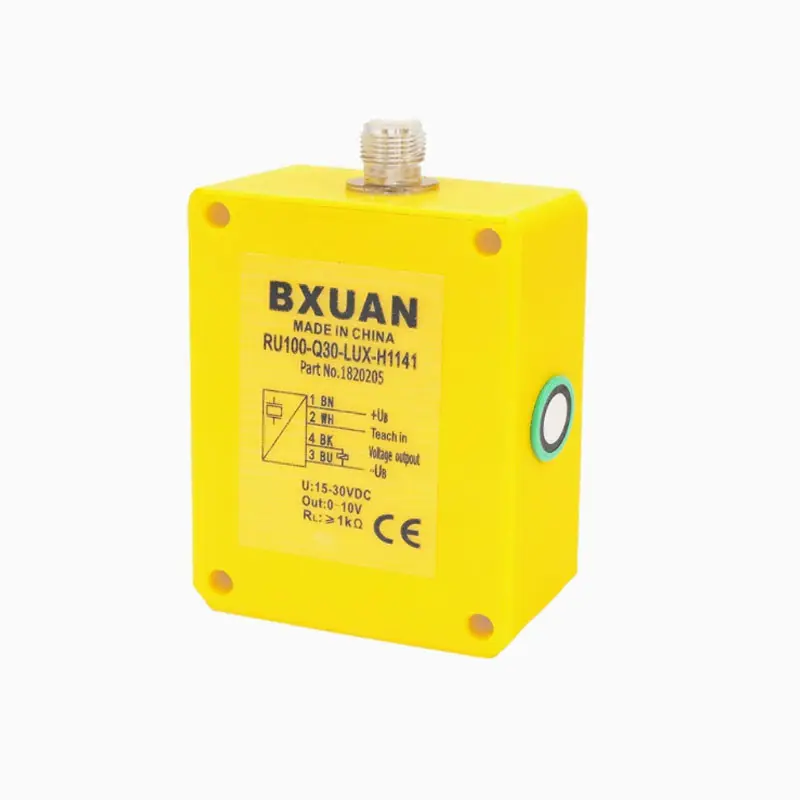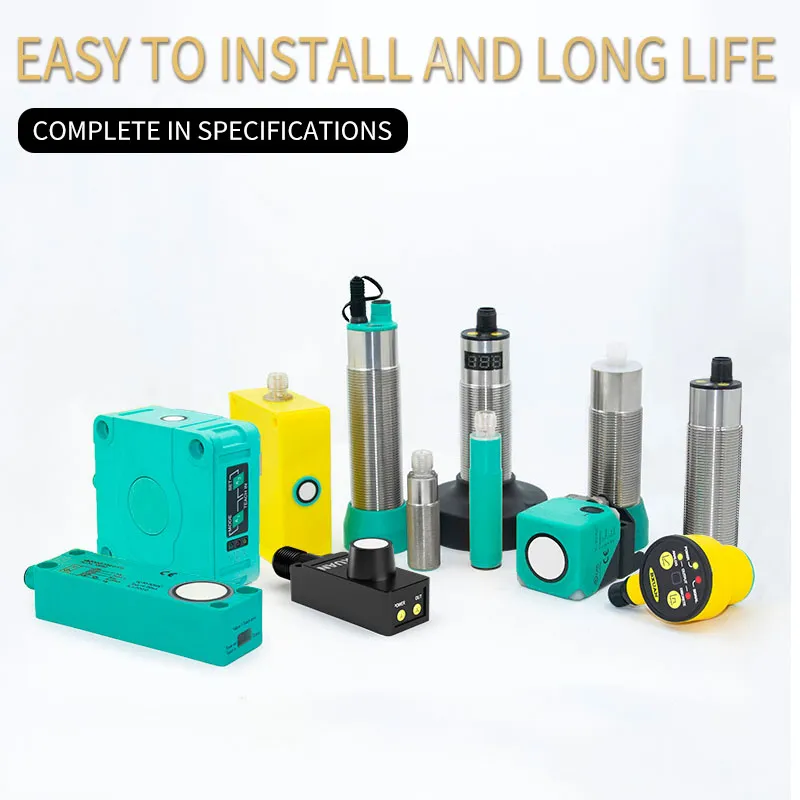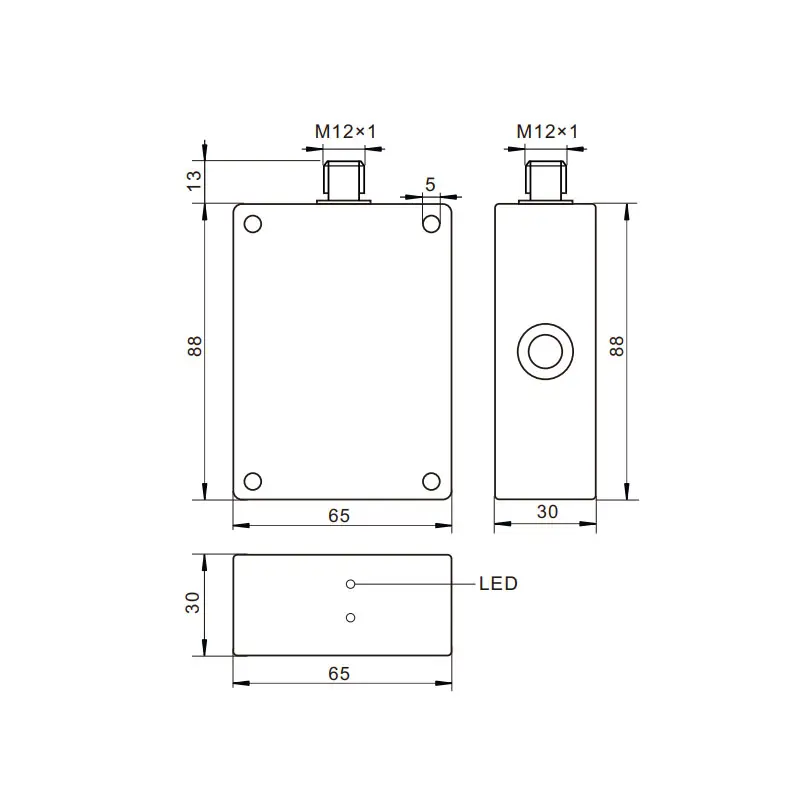Ultrasonik yakınlık sensörleri, onları çeşitli uygulamalarda vazgeçilmez kılan sayısız cazip avantaj sunar. İlk olarak, temassız ölçüm kabiliyetleri, hassas hedef yüzeyleri korurken sensörde sıfır aşınma ve yıpranma sağlar. Bu sensörler, diğer algılama teknolojilerinin zorlandığı zorlu ortamlarda mükemmel performans göstererek tozlu, nemli veya yetersiz ışık koşullarında güvenilir performans sunar. Renk, şeffaflık veya yüzey dokusundan bağımsız olarak herhangi bir malzemeyi tespit edebilme yetenekleri, eşsiz bir çok yönlülük sağlar. Sensörler, birçok modeli milimetreye kadar doğruluk sunan gerçek zamanlı hassas mesafe ölçümleri sağlar. Bir diğer önemli avantajı ise, ortam ışığı parazitine karşı bağışıklıklarıdır; bu da onları parlak gün ışığında veya tamamen karanlıkta eşit derecede etkili kılar. Sensörlerin genellikle birkaç santimetreden birkaç metreye kadar uzanan geniş algılama aralığı, esnek kurulum seçeneklerine olanak tanır. Basit kurulum ve bakım gereksinimleri, işletme maliyetlerini düşürürken, katı hal yapıları uzun vadeli güvenilirlik sağlar. Birçok modern ultrasonik sensör, ayarlanabilir hassasiyet ve programlanabilir çıkışlara sahip olup, belirli uygulamalar için özelleştirme olanağı sunar. Zorlu endüstriyel ortamlarda çalışabilme yetenekleri, çeşitli kimyasallara ve temizlik maddelerine karşı dayanıklılıklarıyla birleşince, oldukça dayanıklıdırlar. Teknolojinin aşırı yük koruması ve kısa devre koruması gibi doğal güvenlik özellikleri, bakım gereksinimlerini en aza indirirken güvenilir çalışmayı garantiliyor.


